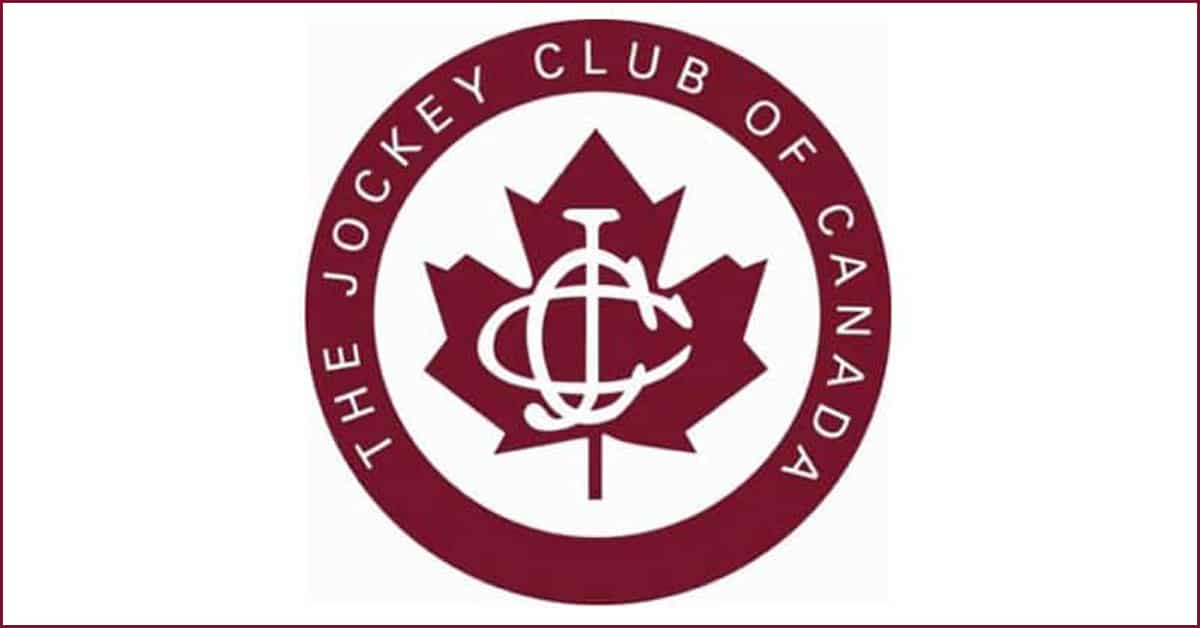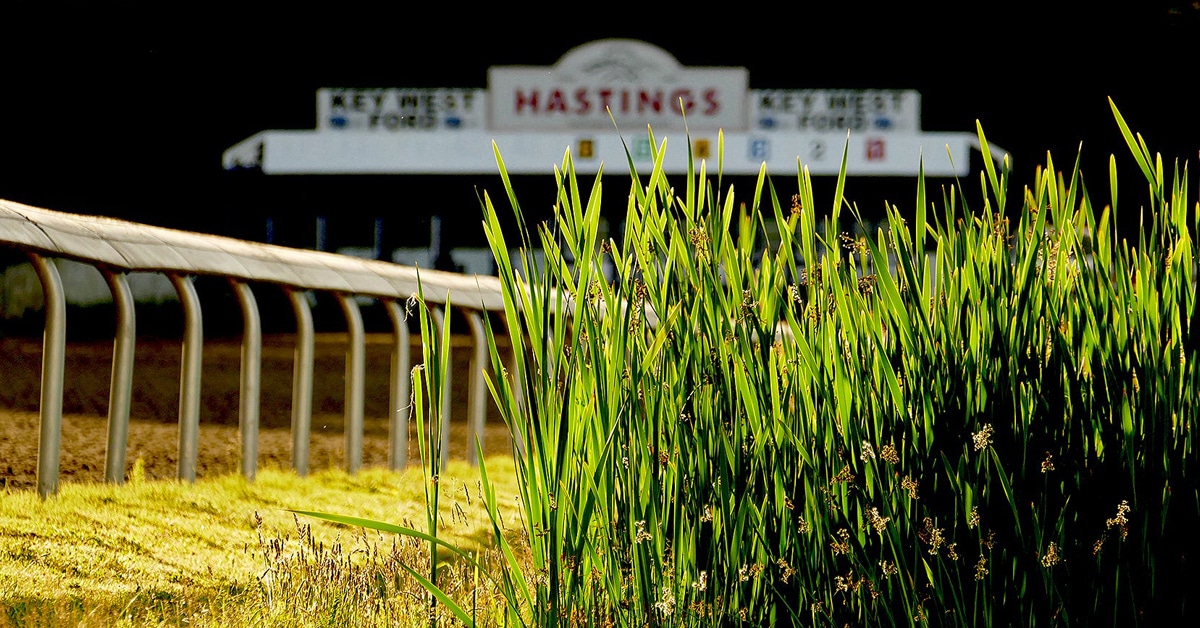A human sneeze can propel around 100,000 germs up to 25 feet according to the Massachusetts Institute of Technology! Now imagine the distance and volume a horse can achieve! No elbow or hankie will be raised to contain this potential biohazard but Equine Guelph has you covered with their Sickness Prevention in Horses short online course. This October 15 -26, you can join a community that will be learning Canada’s new Equine Biosecurity standard together and reducing the odds of sickness in their horses. Consider the tips you will acquire as your horse handkerchief!
Just as humans rush out to receive their flu shots before winter, horses can also benefit from a flu/rhino booster performed 6 months after their typical spring vaccinations. Horses that travel to fall fairs or mingle with those that do are at a higher risk of contracting influenza. With temperatures dropping, horses may be spending more time indoors. The hang time for germs lingering in the air can be up to 10 minutes after a human cough which can expel 3,000 droplets as far as six metres according to Science Focus . Again, get multiplying those statistics for your equine companion and then ponder what steps you can take to protect your horse.
Everyone who comes into contact with horses has a role to play in preventing the transmission of disease from the horse owner to the farrier, vet, guest visitor and barn manager. In a recent study lead by University of Guelph researchers, Dr. Amy Greer and Dr. Terri O’Sullivan, contact patterns were analyzed at an equestrian show in Ontario to study the implications for disease spread. One facet of the study looked at types of horse-to-horse contact occurring at a home facility and while traveling. While most participants indicated that direct nose-to-nose contact of horses occurred both at their home facility and while away from home (76 and 22%, respectively), participants reported a reduction in sharing equipment, cleaning tools, and water/feed when they travelled away from home.
Equine Guelph’s Sickness Prevention in Horses course discusses key points of the Facility Level Biosecurity Standard for the Equine Sector developed by the Canadian Food Inspection Agency (CFIA). Biosecurity standards are strict in poultry, swine and beef but when it comes to horses, the lack of knowledge and enforcement is surprising and sickness prevention seems to be a topic that is often overlooked.
Dr. Alison Moore, was part of the development committee for the National Farm-Level Biosecurity Standard in the winter of 2014 and will be guest speaker once again for the Sickness Prevention in Horses course. Moore states, “In food animals, the importance of biosecurity standards are recognized in economic trade and for protecting animal health. The equine sector is unique. It is exciting to be a contributor for this new standard for the horse industry which will serve as a guideline for equines at the individual farm level right up to international competitors.” Throughout the course Moore will explain the simple things one can do to protect their herd from disease and that biosecurity is more about diligence than difficulty, with communication being the key.
Past students attest this course is a must for everyone who cares about horse health.
“Bio-security is not a topic that many horse people consider until there is a big problem. This course helped me to see the things that I was already doing well and opened my eyes to some things I can change for the better. A very straight-forward course that guides you to complete your own bio-security assessment,” says Kim Woolley (Roadapple Ranch, Finch ON) – EC Certified Coach, Student, Sickness Prevention in Horses.
Join the herd of students looking to protect their herds October 15 -26.
Register at TheHorsePortal.ca for Sickness Prevention in Horses short online course.
More News









